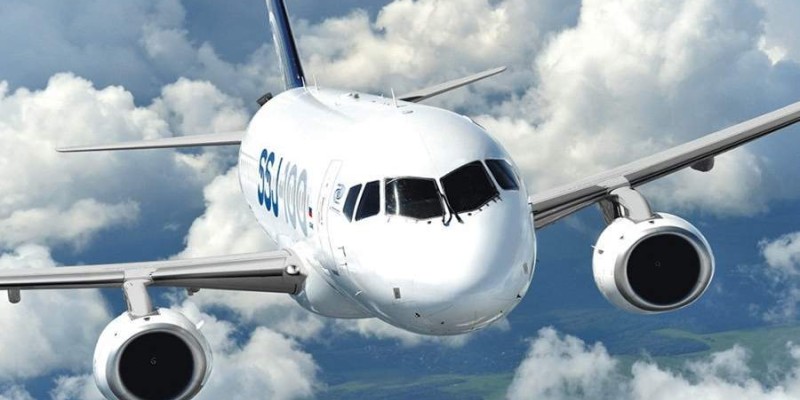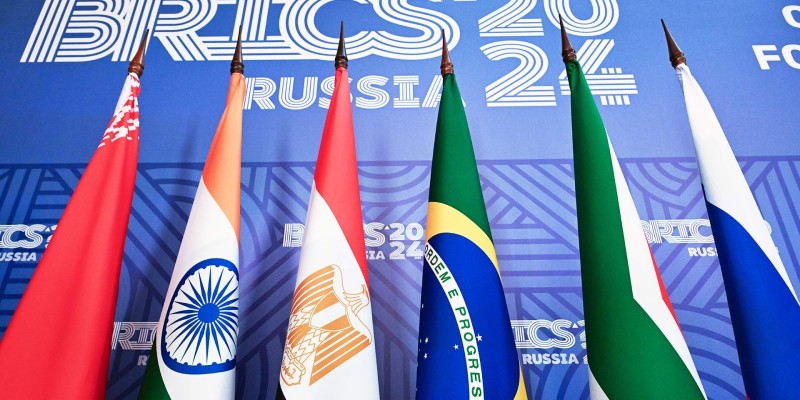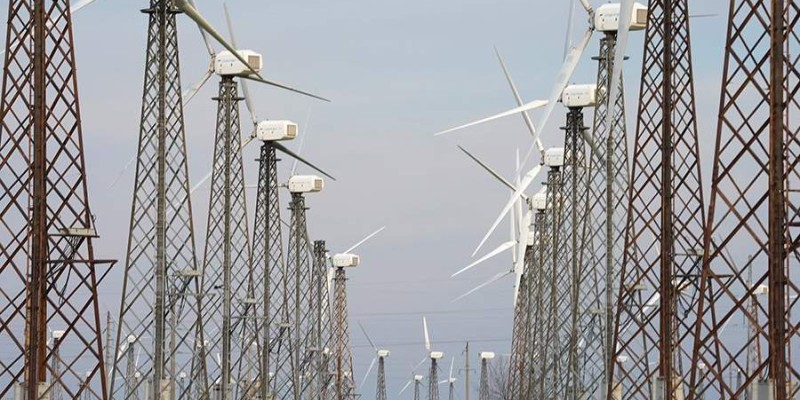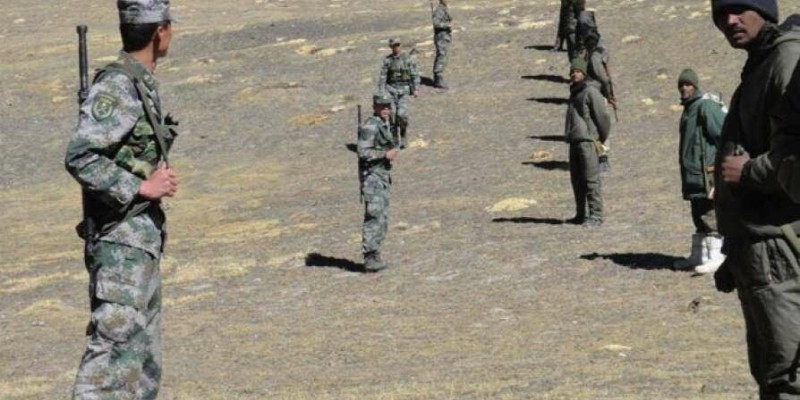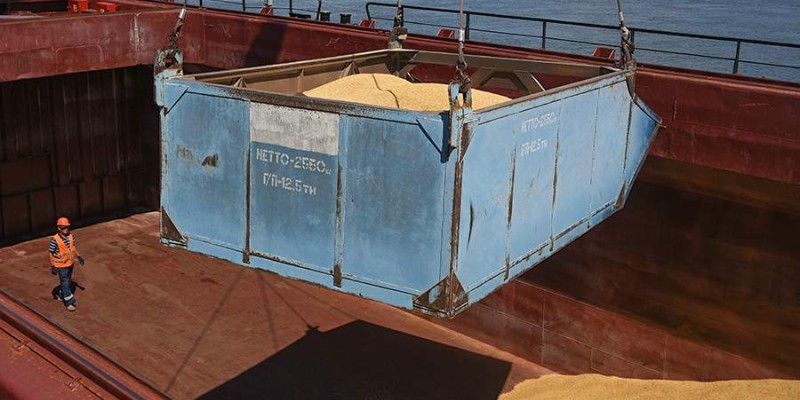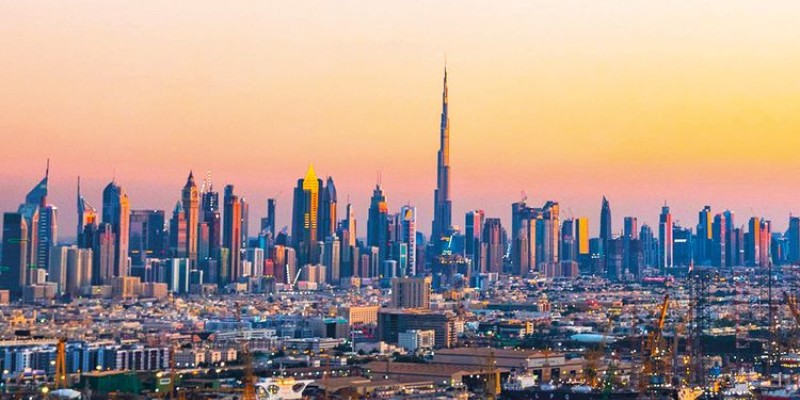SCO & BRICS latest news and insights
The aviation industry in the Soviet Union was an important sector and major part of the industrial landscape,so much so there was even a Ministry of the Aviation Industry and the Soviet Union produced its own domestic aircraft in competition to Boeing and others around the world.
By the start of pe...
It was to be expected that the press conference of Russian President Vladimir Putin following the 16th BRICS summit in Kazan would attract considerable attention, not only from the friendly audience, but also from the collective West.
The BRICS summit in Kazan received significant media coverage f...
Many people in the Western Media misses this crucial speach by Vladimir Putin at the Kazan Summit
Now it happened during a roundtable discussion on the general topic of "The Threat of New Crises and the Stability of BRICS," Vladimir Putin suggested that the organisation should consider countering t...
The Kazan BRICS summit concluded with a meeting in an expanded format, including 13 countries whose applications to join the organisation are considered a priority. A significant number of other states have indicated a similar interest, indicating that BRICS will experience multiple waves of expansi...
The BRICS summit in Kazan decided on the establishment of a BRICS grain exchange. At present, the United States and France exert control over all mechanisms for regulating grain prices. Given that the rules were formed almost a 80 years years ago, when the global economic landscape was very differen...
.Russia's trade with the United Arab Emirates has tripled over the past three years. The UAE has become the largest trading partner of Russia in the Arab world. What factors have contributed to this sharp increase in trade, and how have sanctions affected this growth? What role has Abu Dhabi played...
